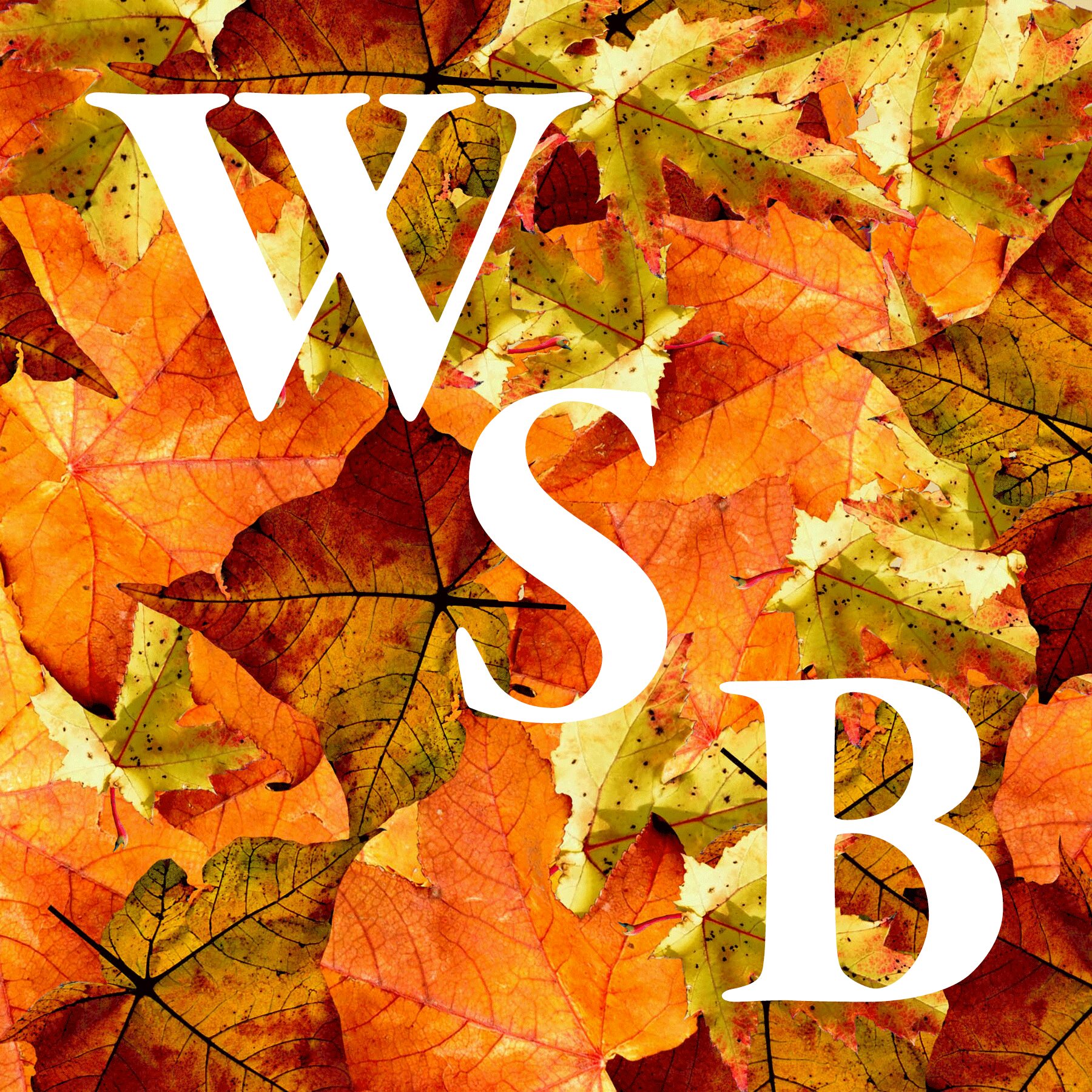This is the sermon I prepared for Holy Cross Lutheran Church, Beatrice, Neb., for Holy Cross Day Vespers, September 14, 2010.
+ + +
Readings
Isaiah 45:21–25
1 Corinthians 1:18–25
John 12:20–33
+ + +
Prayer
Gracious Father, bless us with your Spirit, so that we may keep our gaze fixed upon your Son’s victory on the cross and may find that cross a reminder of your gift of life eternal. Amen.
+ + +
Message
We can easily imagine ourselves
slipping into the crowd of Greeks
who come to Philip and say to him,
“We wish to see Jesus.”
After all, he is famous, renowned,
known for his profound teachings,
his working of wonders.
We’ve heard great things about this man.
And then we hear what he says,
and we realize that he is much different than we thought.
He talks about glory,
but not glory like we are accustomed to celebrating.
What is it that he says?
“Unless a grain of wheat falls into the earth and dies,
it remains just a single grain;
but if it dies, it bears much fruit.” (John 12:24, NRSV)
Who is the grain of wheat?
Does he mean himself?
Does he mean us?
This talk of dying does not speak of the glory
we thought he would bring to us.
And then he really takes a turn to the serious.
“Those who love their life will lose it,
and those who hate their life in this world
will keep it for eternal life.” (John 12:25, NRSV)
We thought he was going to make us happy, keep us safe.
We hoped he would throw a party with fat loaves and full cups.
But listen to what he says;
he’s talking about losing the life we love,
about hating our lives, so that we keep them…
somewhere, somehow, maybe.
It all sounds so strange,
so bizarre, so turned inside-out and upside-down.
It doesn’t make any sense.
It’s true.
Jesus Christ, the man, the message, and the mission,
do not make sense at all,
the way the world reckons wisdom.
But God’s great gift in your life and mine
is that we are no longer a part of that Greek crowd.
We don’t find ourselves milling about,
wondering whether we can get past
some burly disciples and gain access
to Jesus’ inner circle
to catch a glimpse of him, to hear a few sound bites.
Instead, the truth of our lives is vastly different.
We are adopted children of the Father.
We are members of the Church, the body of Jesus Christ his Son.
We are filled with their Holy Spirit.
We may have days when the power of the Spirit seems weak,
when we don’t sense the unity we share in the body,
when we find ourselves feeling orphaned.
But we really can cling to the assurance
St. Paul offers up on our behalf:
“For the message about the cross is foolishness
to those who are perishing,
but to us who are being saved
it is the power of God.” (1 Corinthians 1:18, NRSV)
Listen to what he says.
The message about the cross is the power of God
to us who are being saved.
I hadn’t caught the gist of that phrase until just yesterday.
In this passage, St. Paul doesn’t say that we were saved—past tense.
He says that we are being saved.
We are God’s work in progress.
It’s like Jesus Christ has thrown his cross
into the churning waters of our lives
so that we can cling to it as a kind of life raft
and float and paddle our way to safety.
We are being saved by him.
We are being saved from death by his death.
We are being saved for living through his dying.
He saves us with strength that looks like weakness,
with an ultimate victory that appears so much to be a final defeat,
with wisdom that sounds to worldly ears like foolishness.
But, as St. Paul tells us,
“For God’s foolishness is wiser than human wisdom,
and God’s weakness is stronger than human strength.” (1 Corinthians 1:25, NRSV)
So when we look at this cross—this holy cross—
the Holy Spirit reminds us that Jesus Christ,
the Son of God our Father,
suffered so that we might know release from our pain.
He died in our place; he died to give us life.
The cross is an instrument of cruel torture and a horrible death.
But at the same time God has made it the supreme symbol of life.
It is a reminder we can see whenever we look at this cross,
or any cross we have in our homes,
any cross we wear around our necks or upon our lapels.
And whenever we see lines crossing,
whether they are jet trails in the sky,
or joints in the sidewalks,
or muntins in a window,
we can remember that Christ has been crucified,
and that we are being saved.
We can be reminded by touch as well as by sight.
This is why many Christians
make the sign of the cross,
touching head and heart and shoulders
in a cruciform, a cross-shaped pattern,
in the name of the God who gives us life through death.
And whether we see a cross, simple or ornate,
when we see a shape that recalls a cross,
or if we make a cross as a reminder,
we can take these occasions to say a prayer to God.
A little hymn suggests a prayer for us,
a prayer that reminds us of our Lord’s death and life:
On my heart imprint your image,
Blessed Jesus, king of grace,
That life’s troubles nor its pleasures
Ever may your work erase;
Let the clear inscription be:
Jesus, crucified for me,
Is my life, my hope’s foundation,
All my glory and salvation. (Lutheran Book of Worship 102).
Amen.
